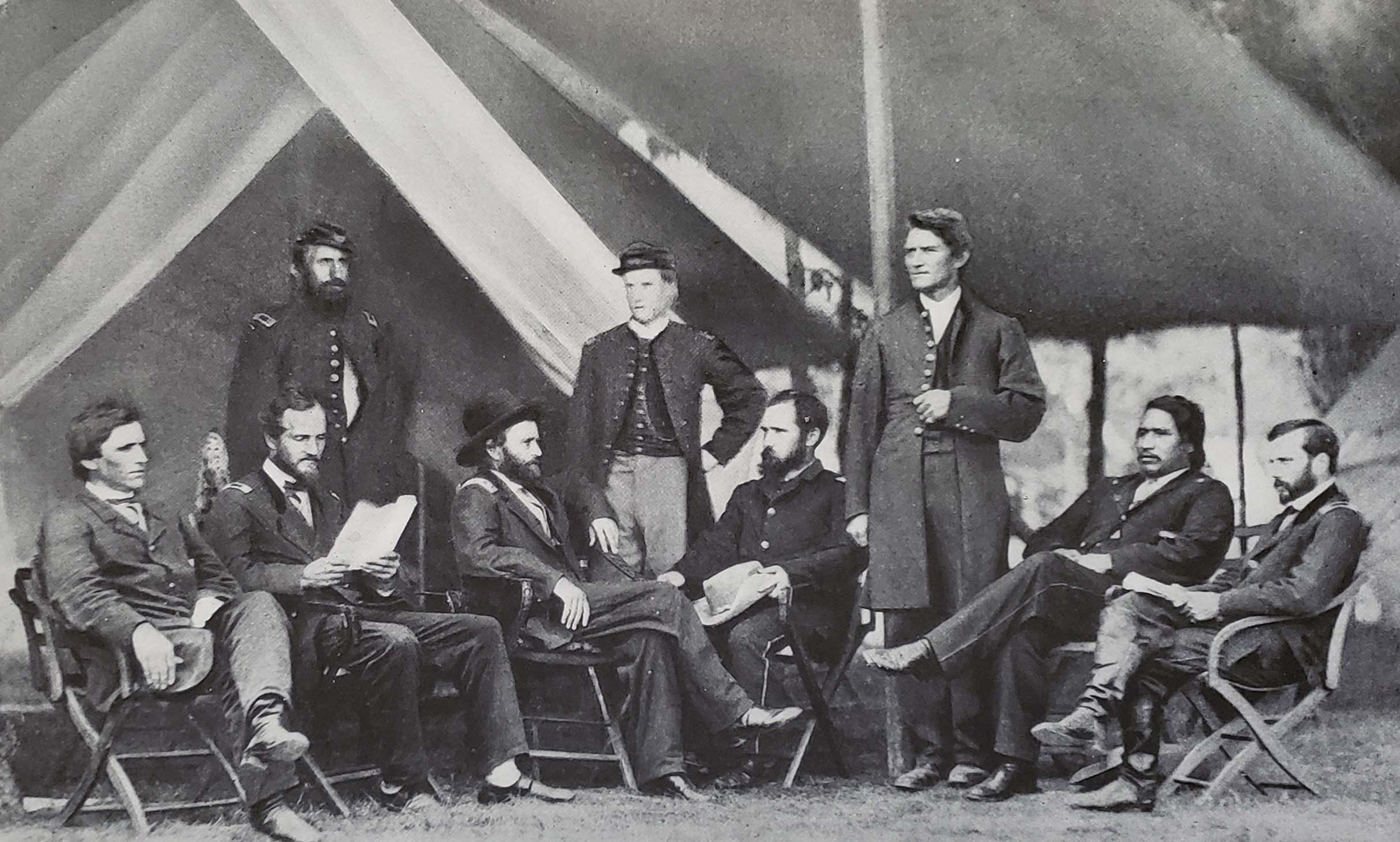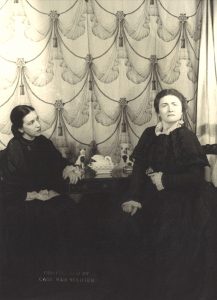 “You know, there is a shortage of beautiful, old theaters left in this country and this is one of them…” – Daryl Hall
“You know, there is a shortage of beautiful, old theaters left in this country and this is one of them…” – Daryl Hall
At some point during the first decade of 2000s, I went to see Hall and Oates at the Orpheum Theater in Boston. They were on a tour to promote a Christmas music album they released earlier that year, but I don’t think I knew that and I don’t know that many people in the audience did either. I went there to see Sarah Smile performed live, just like everyone else. When they were about to start their fifth consecutive Christmas folk song of the night, the entire theater whined in unison, and Daryl Hall was not amused. A known curmudgeon, he motioned for the band to stop playing before he disembarked the clown car of complaints about the esthetic and operational state of the theater. He said that he had seen quite a few such old auditoriums, that the one we were all together in at that moment was one of the most beautiful, and what a shame for the current owners not to value its charm and elegance. Continue reading Sold for a song








